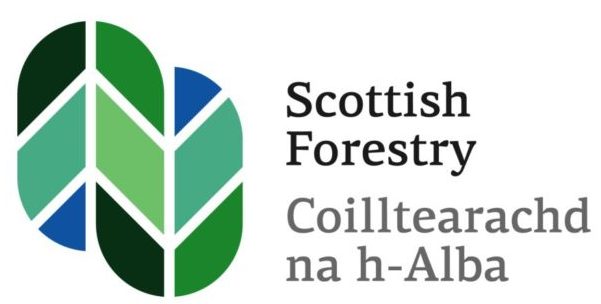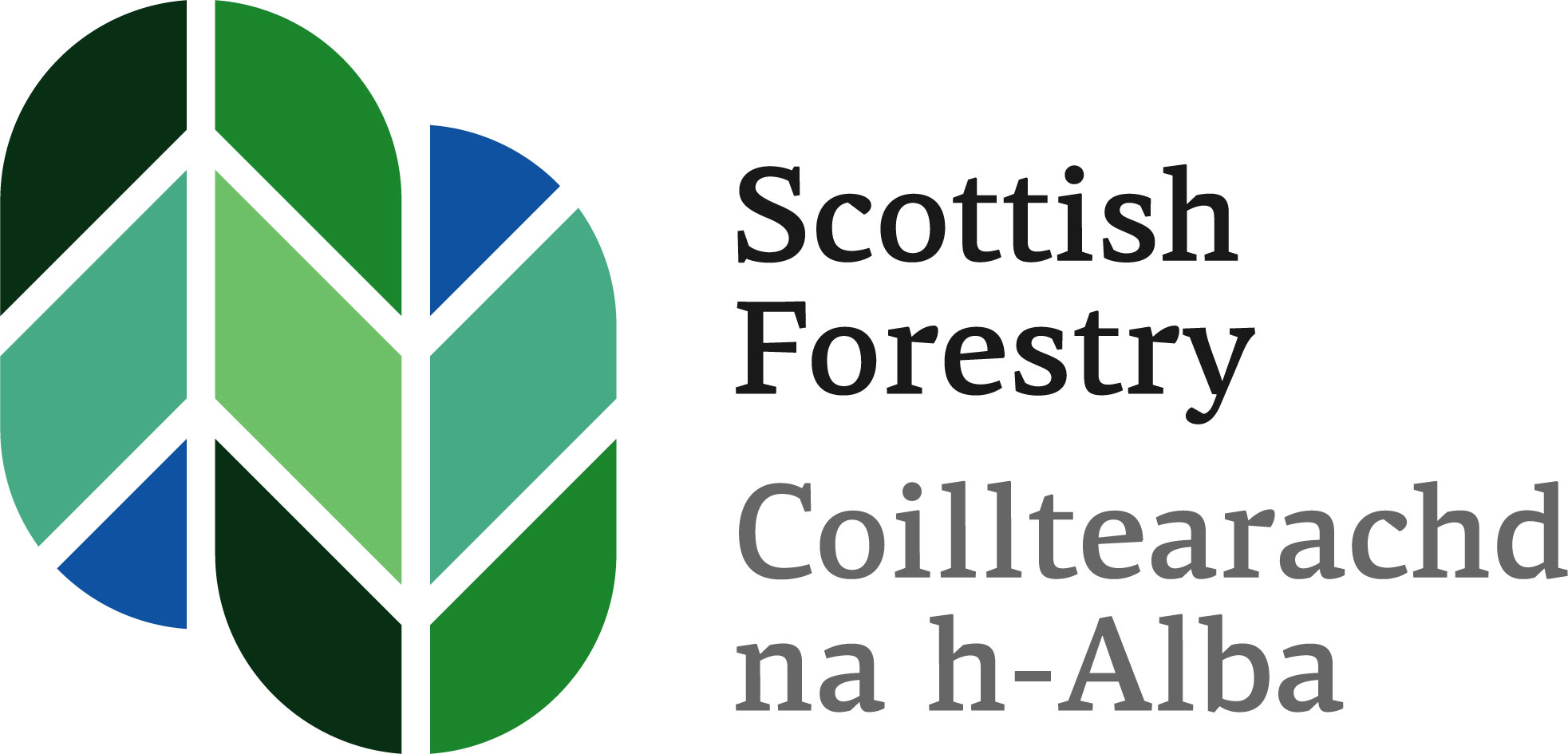Renewable Heat Incentive

Renewable Heat Incentive
The Renewable Heat Incentive was a Government scheme to encourage the uptake of renewable heat technologies, including biomass. The aim was to make biomass a sound financial investment by making payments for each kilowatt hour of heat produced, for 20 years.
The scheme is managed by Ofgem. It applies to all biomass installations of 45kW and above. There is no upper size limit and only one tariff payment rate.
Eligibility
The RHI was open to industrial, commercial, public sector and non-profit organisations. This includes small businesses, hospitals and schools as well as district heating schemes where one installation serves multiple homes. Note that individual domestic premises were not eligible.
There are a number of important eligibility criteria you needed to understand prior to procuring your system to ensure you were successful. This includes criteria such as the heat delivery medium, heat use, metering and air quality requirements etc. Ofgem provide a brief overview of eligibility on their website or you can find full details in Guidance Volume 1.
How Expenditure is Controlled
The Government controls its expenditure over time on the scheme by periodically reducing the tariff rates for newly accredited schemes in response to reaching expenditure thresholds, this is called tariff degression. There are rules, called ‘degression triggers’, for each tariff band and for the RHI as a whole. Assessments of whether triggers have been hit are made quarterly, with one month notice given of any changes.
Once your system was accredited, you would continue to receive the tariff rate valid on the date of the application for accreditation and future degression decisions have no impact on what you receive.
- Read more on the rules of degression triggers on the Ofgem website.
- Check here for the latest Ofgem quarterly announcements and tariff rates.
What does Tier 1 & Tier 2 mean?
The objective of the two-tier tariff approach is to provide an adequate level of support across the board without over-supporting systems that have a high heat load.
The Tier 1 tariff is paid until the system has operated up to 35% of the annual rated output (i.e. the equivalent of 3,088 hours at the rated capacity of the installation). For the rest of the output in the year, the Tier 2 tariff will apply. For example if a 500kW rated boiler generated 1,700,000kWhs of heat a year, then:
2.96p/kWh is paid for the first 3,088 hours, which is 500kW x 3,088 hours = 1,544,035kWhs x 2.96p/kWh = £45,703.44. This leaves 155,965kWhs paid at 2.08p/kWh = £3,244.07. So RHI income in this example becomes £48,947.51.
The current tariff rate can be found on the Ofgem website here
Fuel Sustainability
The RHI has criteria in place to ensure the sustainability of the fuel in terms of carbon savings. See their ‘Easy guide to sustainability’ for more details.
- Purchasing wood fuel: In order to be eligible for RHI payments you need to purchase your wood fuel from a supplier registered with the Biomass Suppliers List.
- Self-supply: If you are thinking of supplying your own wood fuel you need to be aware of the requirements.
How to Apply
In order for your application to be as smooth as possible it is recommended that you prepare in advance to ensure that your system meets all of the eligibility criteria and that you have all of the supporting evidence.
- See the Ofgem ‘How to Apply’ pages for full details and guidance documents.
Further information from Ofgem for new applicants:
There is a large amount of guidance available on the Ofgem RHI website. Some key areas include:
- Ofgem RHI Applicants pages, including links to key documents
- Ofgem RHI Eligibility pages, including links to key documents
- Sign up for Ofgem newsletters.
Please note that applications to the Non-Domestic RHI are now closed. Guidance on ongoing obligations for current biomass installations can be found on the Ofgem website here (Guidance Volume 2).
September 2017 Update
- New RHI regulations came into force in September 2017. You can find the new regulations here






